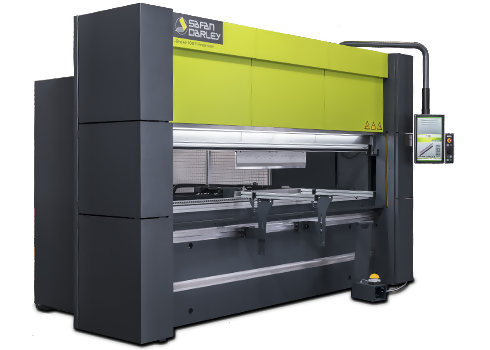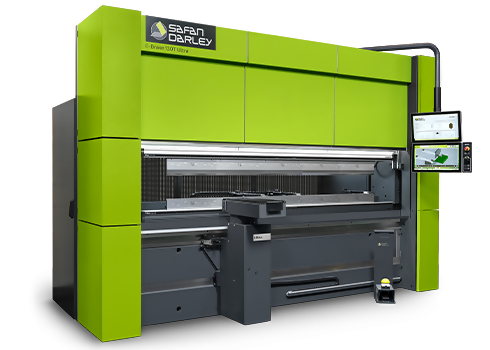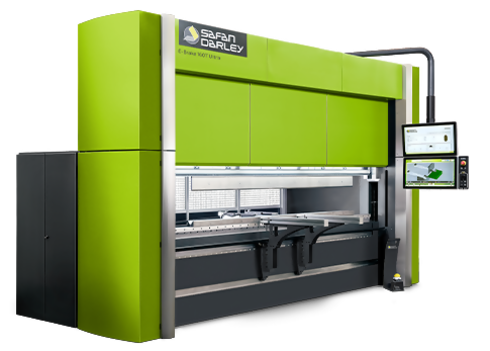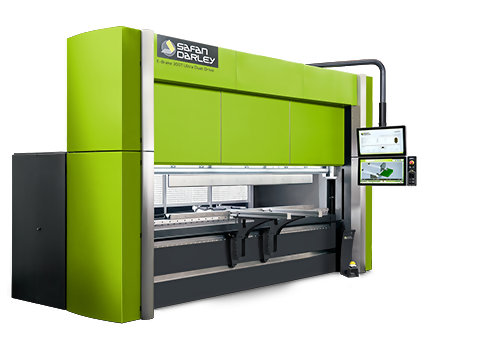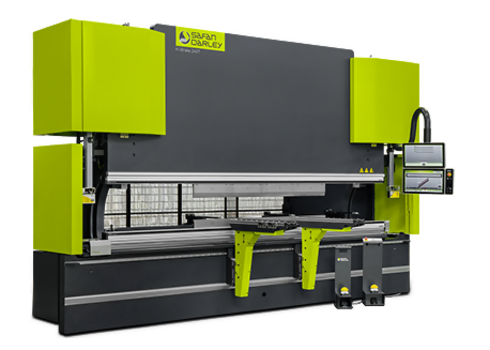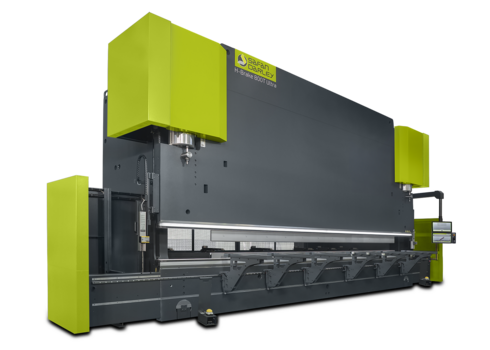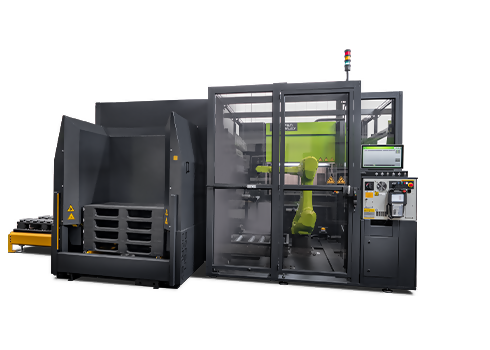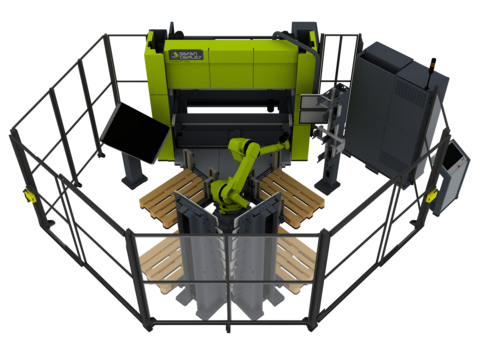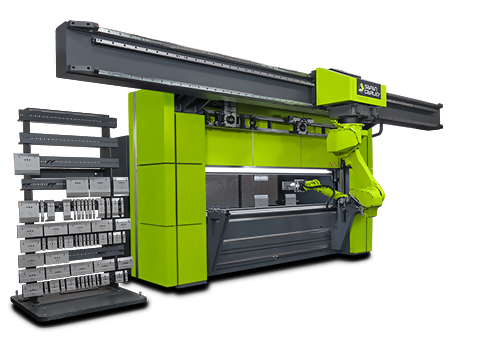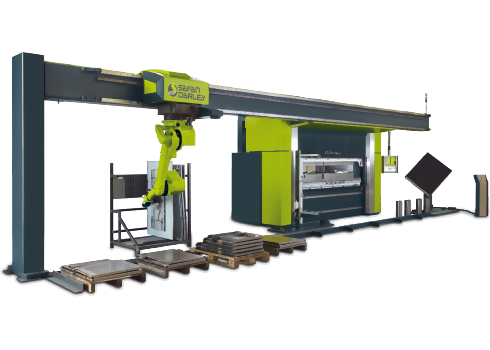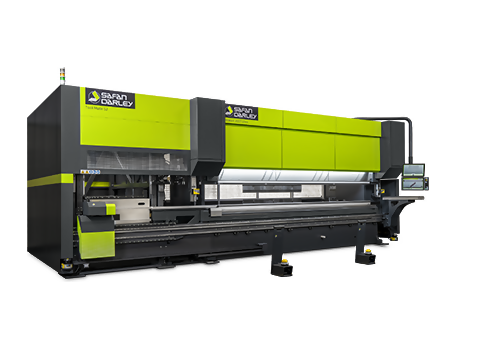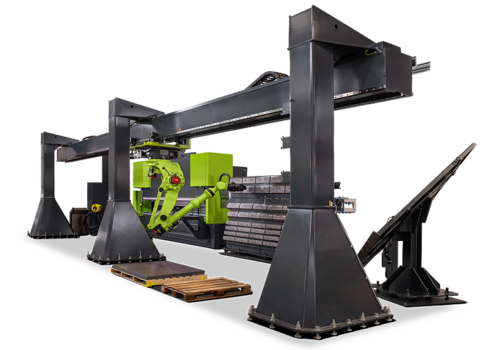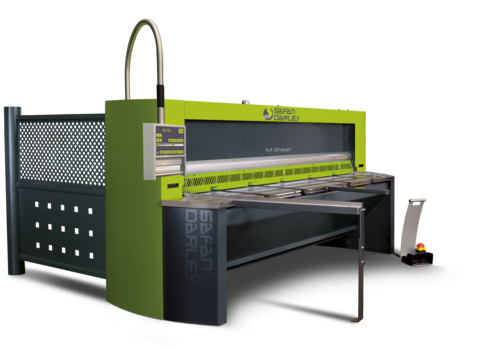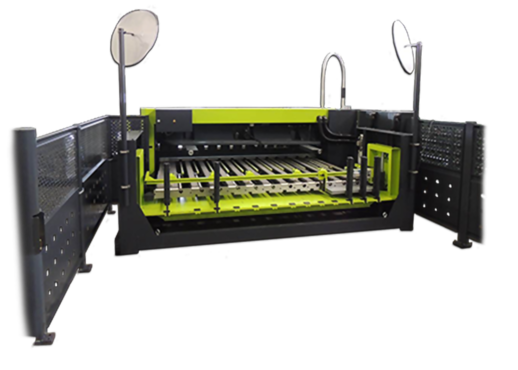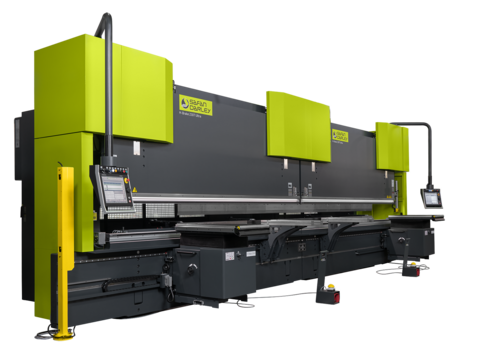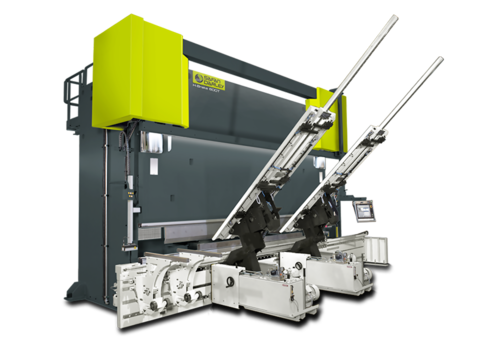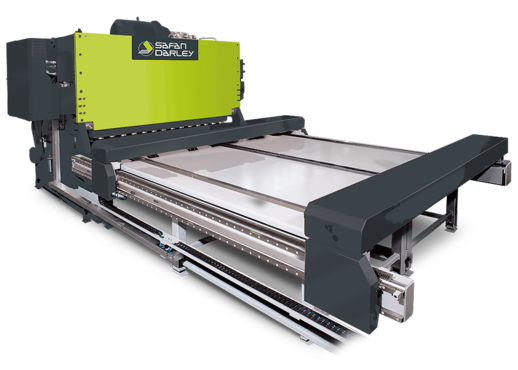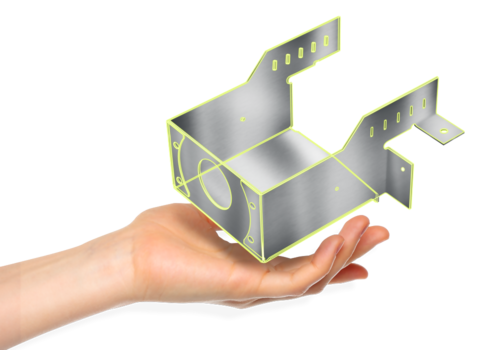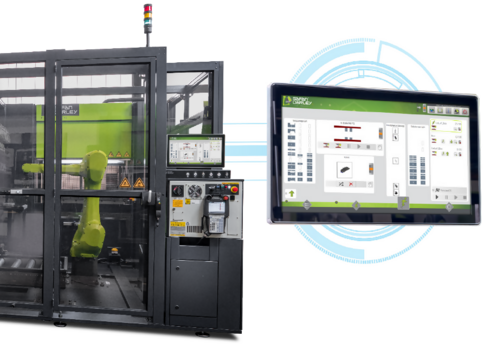
Three High-Impact/Low-CostBenefits of Graphical Robot Programming
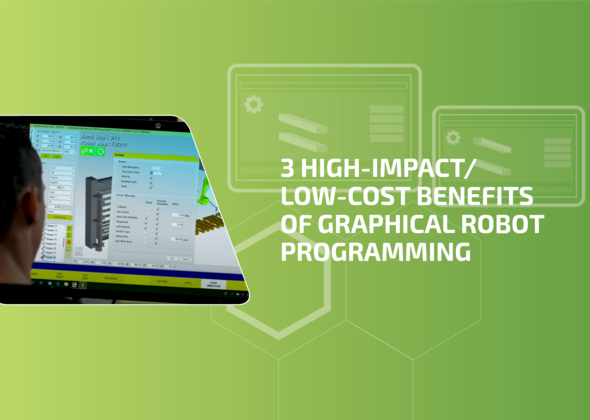
Three High-Impact/Low-CostBenefits
User-friendly graphical robot programming has taken automation mainstream and made it accessible to small and growing companies. You don’t need massive capital, a team of engineers, or any experience with programming. With a relatively small amount of investment and training, your company can produce a higher quality, more consistent product, be more resilient, and be less vulnerable to labor shortages.
Here are 3 examples of the most impactful applications of graphical robot programming:
1. Streamlined Production with Improved Quality and Enhanced Resiliency
Graphical robot programming takes automation from complex to simple. The software can automatically “read” 3D CAD drawings and determine the bending sequence. An operator can then use the software to create a visual simulation of the manufacturing process and upload the file to an automated cell using Wi-Fi, intranet, or even a USB drive. Within minutes, an operator can program hundreds of production hours without typing a single line of code, while seeing what they’ve programmed in real time.
This form of automation can also increase the overall quality of your products by enhancing consistency and uniformity, eliminating the variances caused by using multiple human operators. Many of the graphical programming solutions on the market include options for automated bending angle corrections and similar quality control measures, improving production outcomes and reducing waste.
Increasing the use of this automation in your production will also increase your company’s resiliency by decreasing its vulnerability to labor shortages — a particularly salient concern in the COVID-19 context. With more automation, your company can rely on fewer key personnel to maintain production levels and ensure the continuity of your business in the event of any circumstances that might create a labor shortage.
2. Post-Fabrication Material Handling
Post-fabrication activities can also be improved with graphical robot programming. Complex material-handling tasks such as picking and stacking can be programmed through a graphical user interface with no coding required.
An operator can use the graphic interface to program robotic steps, offsets, and limits for stacking or loading. Rather than calculating and manually coding the measurements and limits, as was required in the past, graphical software allows for real-time visualization, where complex movements are simulated graphically as the operator programs tasks. All of the coding occurs in the background, based on the operator’s instructions through the graphical interface.
While the programming is simple, the range of operations available is extensive. For example, a leading manufacturer’s software allows for a range of motion with more than 46,000 different variable movements.
3. Path Planning
Path planning is exactly what it sounds like: programming a specific route for a robot and specifying how it will interact with its surroundings through the transitional space between points A and B. For example, graphical path planning may be used to program a robot’s path from the automated manufacturing cell to a storage area or loading dock.
A graphical interface allows operators to see exactly how the robot will move through the space before the first run, enabling operators to avoid any major mishaps before the robot is set in motion.
The main benefits of path planning are enhanced safety for workers and increased efficiency of movement (and therefore production). Keeping workers safe is paramount, and graphical path planning ensures that robots will not run into workers or cause unsafe conditions. Predictability is another safety benefit of path planning. Unlike people, who may choose to deviate from a prescribed path for a range of reasons, robots are less susceptible to deviation. With less downtime due to accidents and increased efficiency of movement, path planning is a legitimate option for increasing production and manufacturing efficiency.
Adaptability is yet another benefit of graphical robot path planning, as routes can be easily modified to account for future optimizations and adjustments as a company’s manufacturing needs evolve over time.
The Bottom Line: ROI
The best overall reason to automate with graphical robot programming comes sharply into focus in light of these benefits: return on investment (ROI). The historically low cost and high impact of automation technologies have made a compelling business case for all sheet metal fabrication companies to consider, regardless of size.
What would it be worth to your company if you could trade 15 minutes of an operator’s time for hours of production, picking, and stacking? Graphical robot programming makes this trade possible every day.
The conventional wisdom is that automation enables businesses to shift a rigid, mundane set of actions from people (who are not necessarily great at mundane, repetitive tasks) to robots, which excel at these necessary tasks. However, advanced graphical programming software applications are making it possible to quickly program increasingly complex processes and activities.
Can you see an application in your production process where graphical robot programming and automation could make a difference? Share examples, links, and questions with us.
Read more
blogs
The sheet metal fabrication industry is coming to a crossroads with respect to automation and workforce development. Recent advances in automation are changing the industry, and it’s time for business leaders to take a fresh look at how these new technologies address long-standing challenges, so they can put their companies in position to succeed.
There is a solid business case to be made for automating most sheet metal fabrication operations — often, the signs are quite obvious. But recognizing the need is only the first step in a long journey of figuring out what parts should be produced with an automated cell, and how to do it. In my experience, the most important questions that fabricators need to ask are often far less obvious than the need to automate.
